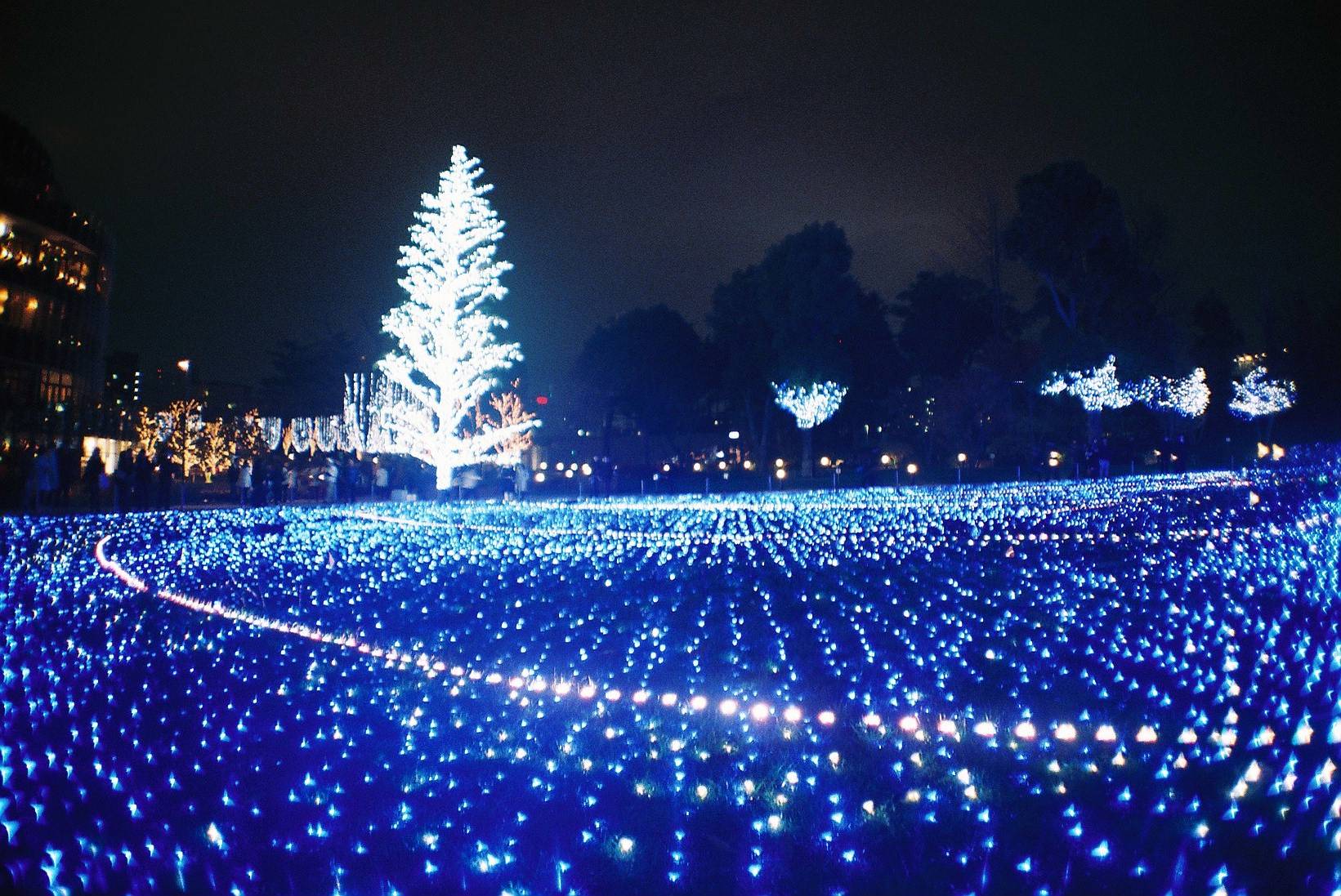Color Chronicles: Deconstructing Indigo
14 Share TweetColors mean differently for all walks of life. The color Indigo is one of the most historically rich colors, the meanings run deep. Lomography tries to understand the meaning of each complex color found in the gradient and what it means for most of us photographers.
The color indigo is one of the seven colors of the rainbow, just between blue and violet. Its name comes from the dye extracts of the pant Indigofiera tinctoria, the name first coined in 1289. That said, indigo has a rather interesting story to tell, and is universally loved by many cultures.
According to Life Out of Bounds, the dye was first used in the Indus Valley, used by people of high rank and social class. In Europe, the dye is also used for the skin before battle. The Japanese in the Edo Period used the color for dying kimonos, and there have been many plantations across the world -- in Belize (South Carolina), West Africa, and Bengal. Thus, its history has been marred by injustice towards the indigo plant growers and the slave trade.
It's no wonder why rich people of earlier times have been obsessed with an artificial color. In society, the color highly represented a hybrid meaning between blue and purple -- mystery and majesty.
As far as the state of indigo plantations go today, contemporary French photographer Réhahn recently made the series "Indigo Dye in Vietnam" documenting the Hmongan women who process the indigo dye, focusing mostly on their blue-stained hands. The book Indigo: The Colour That Changed the World by Catherine Legrand showcases her in-depth research on the color and its textile history in America, Asia and Europe, with over 500 colored photographs.
Nowadays, the color has become a staple among fashion, especially in denim. Cinema has also adapted the color as a moodmaker in film, the tungsten. This would yield into subduing strong colors and create a cool, blue-based aesthetic and can be applied to various subjects. Lomography once had the Cine400 Tungsten 400 35mm, which mimics the cool blues and indigo-heavy colors from cinematographers . It was really popular and was sold out really quickly!
However, capturing the color indigo naturally (with the absence of special emulsions, filters) is quite a difficult task as it would require a great knowledge of the sky's temperaments. To capture indigo-hued summits and skies, it's best to shoot them when the sun's nearing its disappearance into the horizon. The farther one is away from something, the darker they also get.
Like its meaning, indigo seems only reachable from the distance.
2018-01-26 #culture #indigo #color-chronicles

























No Comments